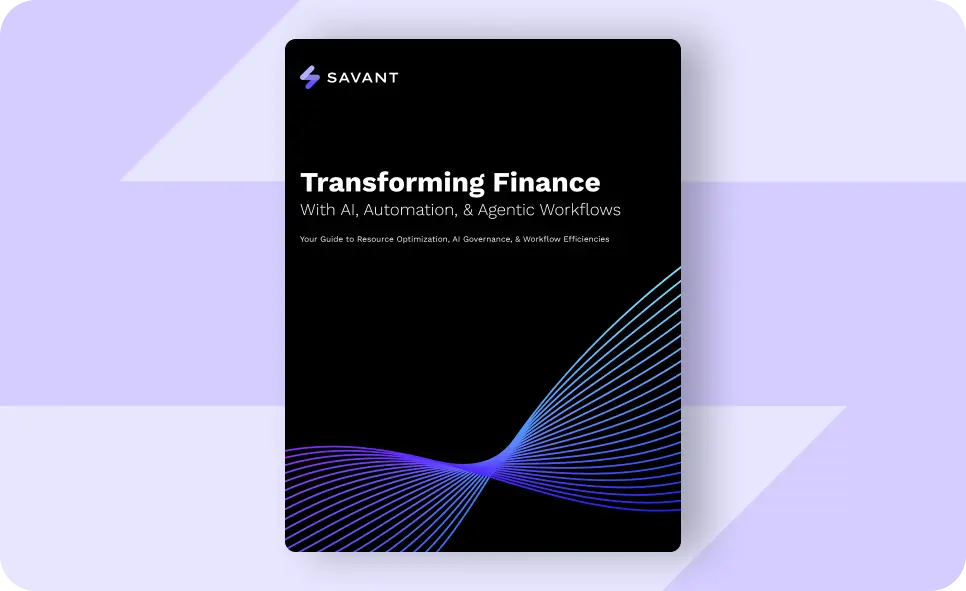What Is Data Blending?
Data Blending combines data from multiple sources into a single dataset for analysis. Unlike data integration, blending often occurs at the visualization or analysis layer. It is used to gain deeper insights and make better data-driven decisions.
Data blending involves combining data from different sources, such as databases, spreadsheets, and web services, into one dataset. The combined data can then be analyzed and visualized together to uncover relationships or patterns that may not have been apparent before.
Why Is Data Blending Important?
In today’s world of big data, organizations are often faced with the challenge of dealing with vast amounts of information from various sources. These sources may use different formats, structures, or even contain conflicting data. Data blending allows businesses to merge these diverse datasets without having to restructure them or manually combine the information.
By blending data, organizations can gain a more complete and accurate understanding of their data, leading to better-informed decision-making. This can also help organizations identify relationships between different datasets or uncover hidden insights that may not have been apparent before.

